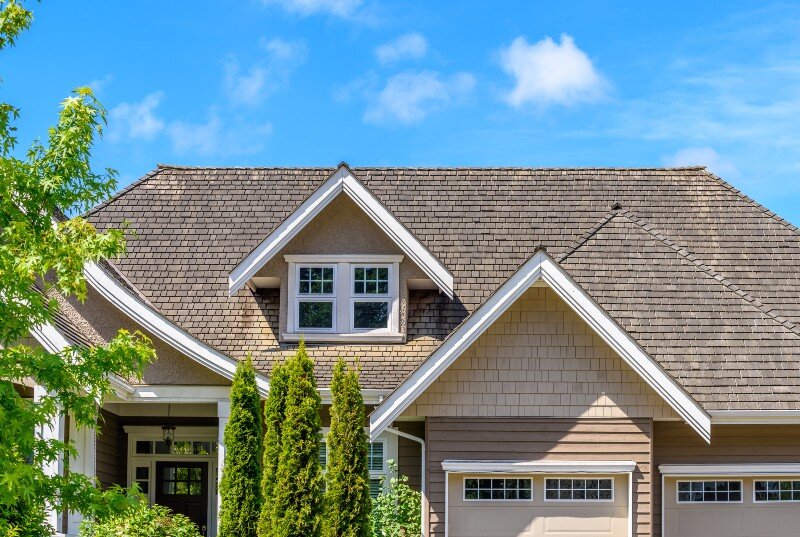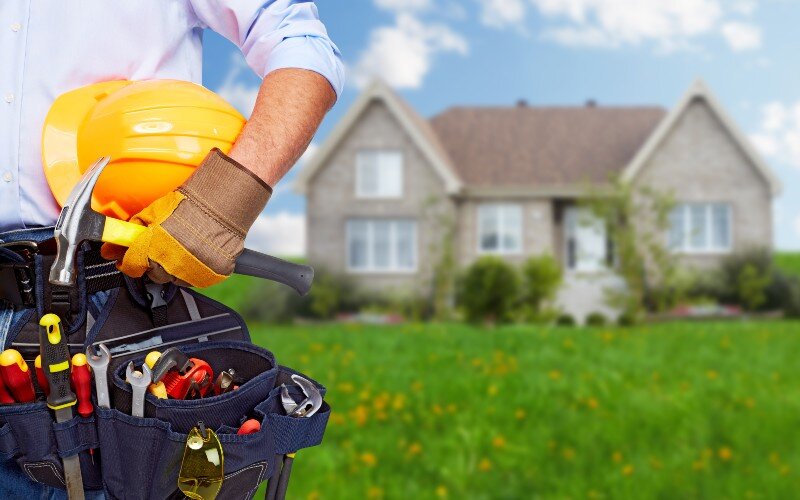
When shopping for a new house or looking to sell, a real estate agent may suggest you determine the valuation of your home so you can understand a fair market value.
But how can you evaluate the condition of your home or the condition of the home you want to purchase? By assessing your home against comparable properties in the living area, you can better understand the current housing market and a fair sale price.
And the best way to make this assessment is to hire a professional home appraiser. This article will explain what home appraisers look for when evaluating a property.
What Do Home Appraisers Look For?
A home appraisal is the estimate of the house’s worth. An appraisal includes many factors, such as the condition, location, size, and curb appeal.
Home appraisals are required in many situations, like when one takes out a mortgage from a lender, refinances their mortgage, prepares to buy, sell, gets divorced, or files for bankruptcy. So, you may need a home appraisal sooner than you think if you plan on refinancing or using a mortgage lender.
To help you prepare for and understand home appraisals, you can read more about them below. Home appraisers look for five things when creating a value estimate, and you can read about them in the following sections.
Home Condition
One of the most important factors in appraising a home is its condition, which entails large and small things. If there is a massive hole in the living room wall, this would be drastic. Maybe the kitchen counters are made of cheap laminate and particleboard, or they could be beautiful hand-cut marble.
Details like this will impact how the home appraiser values the property. General property upkeep will also play a role. If appliances look worn and the home seems dirty or neglected, these will drag down the value. Something as simple and small as a leaky kitchen faucet or chipped bathroom tile can lower the home’s value.
While exterior features may be considered, the rating of the home condition typically refers to the interior of the home. Now that you know the things that can lower the value of a home, let’s talk about some of the positive things that can increase the market value.
Any sensible upgrades or renovations to the home, like new kitchen appliances, remodeled flooring, or a modern HVAC system. In addition to features that enhance comfort and living quality, unique home improvements can also increase the appraised value.
Things like a stunning bay window, heated flooring, a working fireplace, or an advanced security system will all add value to your home, especially if similar homes in the area do not have these features.
The functionality of the home’s layout can also play a part in the appraisal. The list of things that will impact how the home’s interior condition is rated is endless, from water damage to broken doorknobs, this aspect of the appraisal process includes nearly everything you could think of.
Area Home Is Situated
The home’s location plays a significant role in the appraisal report. Location can mean where the home is in the world, the country, the neighborhood, or even on the street. As people in the business say, location, location, location is everything when determining the market value of a home.
Other factors concerning the location include proximity to schools, hospitals, police stations, fire stations, major attractions (ballparks, concert venues, etc.), grocery stores, public parks, recreational centers, shopping centers, and more.
Some neighborhoods are more desirable and in demand, which will raise the home’s appraisal, while other areas are usually avoided. For example, cash home buyers in Texas often look for homes near the best schools. Places with low crime rates, for example, have significantly more valuable than rougher areas.
Have there been many bankruptcies in the area? Are most residents new or have they been here long-term? Is the house next to similar homes or beside an apartment building? A home appraiser will look for all these things and more when evaluating a property.
As mentioned, it isn’t just about the immediate neighborhood. Properties in sunny California will likely be valued higher than homes in the middle of Utah. You may sell a house fast in Marion, but it could take months in Michigan. More popular areas of the country will have higher property values.
Many of these location considerations are somewhat subjective, but appraisers use a home inspection checklist and rating system to determine how the home’s location will impact the final estimation.

Any Home Repairs Needed?
This factor sort of ties into the home condition factor, but it’s a little different. Negative things in a home, like rusted door knobs or a chipped tile, are not necessary repairs that need to be made, but a damaged roof or faulty plumbing system, are necessary repairs.
If the home needs substantial repairs before it is habitable, this will weigh heavily on the evaluation. Generally, the necessity of a repair comes down to three things: safety, soundness, and security. If any of the features in the house pose a safety threat, these are necessary repairs.
As mentioned, things like lead paint, asbestos, crooked steps, an aging roof, exposed wiring, or a cracked foundation lower the value, and they can be considered necessary repairs. So, if you are selling a house that needs work, these are all things you need to keep in mind. The second consideration is soundness.
The physical condition of the house must be sound and stable. A cracked foundation or collapsing roof can be considered unsound, falling into both the safety risk and unsound categories of necessary repairs.
Lastly, a lack of standard security will substantially lower the home’s value. The home doesn’t need a fancy security system with alarms and cameras, but basic security features are required. If doors and windows are missing locks, the home’s value will significantly drop, and often the home appraiser will require locks to be installed before completing the appraisal report.
Simply put, the house must be safe, sanitary, and livable.
Homes Exterior Look
While the home’s interior is very important during the home appraisal process, the exterior is equally important.
Roof and foundation problems are discussed above, but they also apply here. When assessing a home’s exterior, the appraiser will look for signs of water damage, cracks, lopsided houses, broken stairs, and more.
The siding of the home will also play a role in the appraisal process. Both the overall condition of the siding and the quality of materials can impact the final value. Modern siding is more weather-resistant, energy-efficient, and durable, but older types of siding do not offer the same features.
Even if an old brick house has beautiful and rustic curb appeal, the value will be lower because it is not as functional and stable. With that said, curb appeal also matters!
A massive lawn with expert landscaping or a large backyard can help raise the home’s value. A unique and attractive siding color or an elegant siding design will help increase the value of your home, as people want to live in houses that are beautiful from the outside.
A newly-laid walkway or sturdy cast iron fence are positive features during a home appraisal, as are property add-ons. Property add-ons include garages, porches, decks, balconies, gazebos, guest houses, and similar features.
Whether or not these features add value will depend on their condition, but if they are well-maintained, safe, and functional they can substantially improve the home’s appraisal.
How Big Is the Home?
Lastly, the size of the home will factor into the appraisal. Home appraisers will consider the home’s square footage compared to similar homes in the area. If the house has 1,000 fewer square feet than its neighbors, this can lower the value, as buyers will usually be attracted to the larger homes in the area.
But the square footage inside the home is not the only size consideration. The size of the lot matters too. A small house with a small yard will have a lower value than a small home with an enormous lawn.
A substantial lot also allows new owners to expand the home or add new lot features like a garage or pool. If there is already a garage, its size of it will also play a role in the size assessment. A four-car garage will be much more valuable than a one-car garage.
Lastly, when considering size, an appraiser will factor in the rooms, especially the number of bedrooms and bathrooms.
Usually, the more bedrooms and bathrooms, the better, but not always. If the house is small, more rooms mean smaller rooms, which can lower the value. We buy houses San Antonio residents love because they often look for larger rooms, making homes with many small rooms less desirable.
Final Thoughts
Homeowners can learn a lot from a home appraisal. Knowing what appraisers look for can help you prepare your home for an appraisal or make an informed decision when considering a purchase price.
The condition, size, needed repairs, location, and curb appeal are the main things a licensed appraiser will pay attention to.
For home sellers looking to unload their San Antonio property, with a quick appraisal and the right tactics, you can sell your house sooner than you think!
